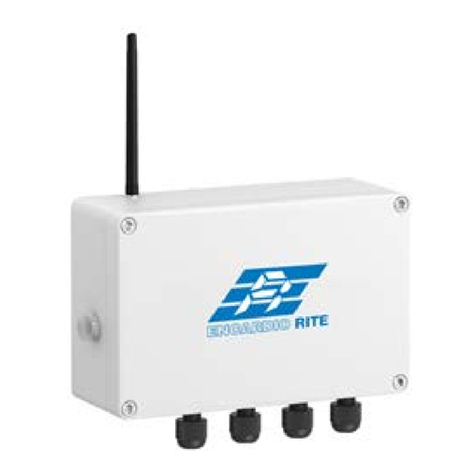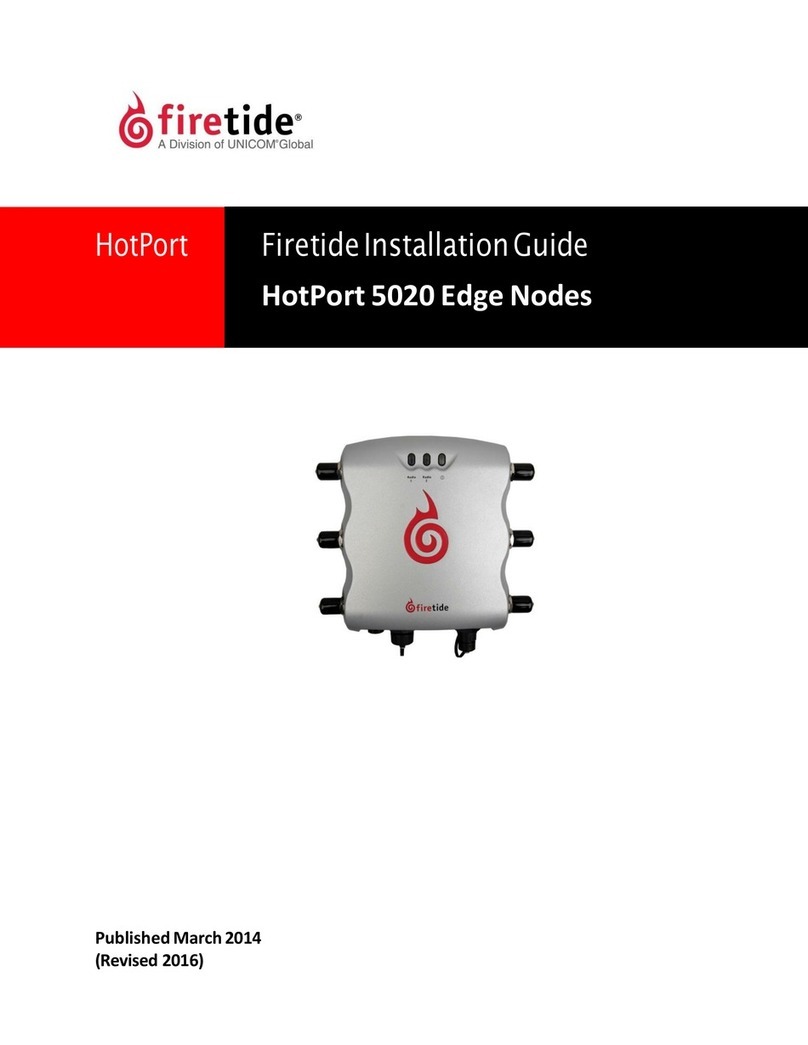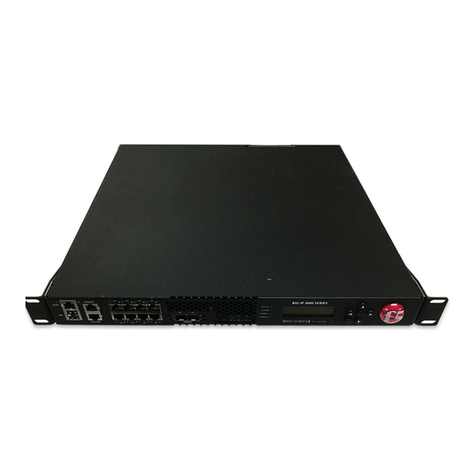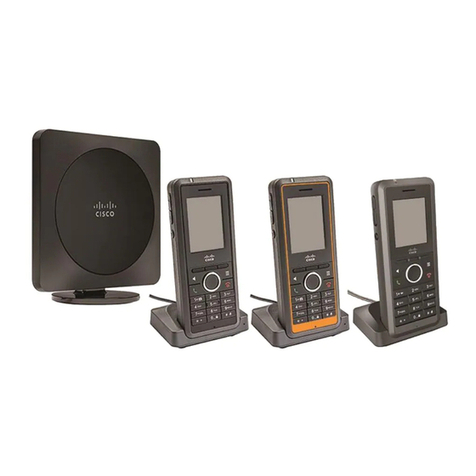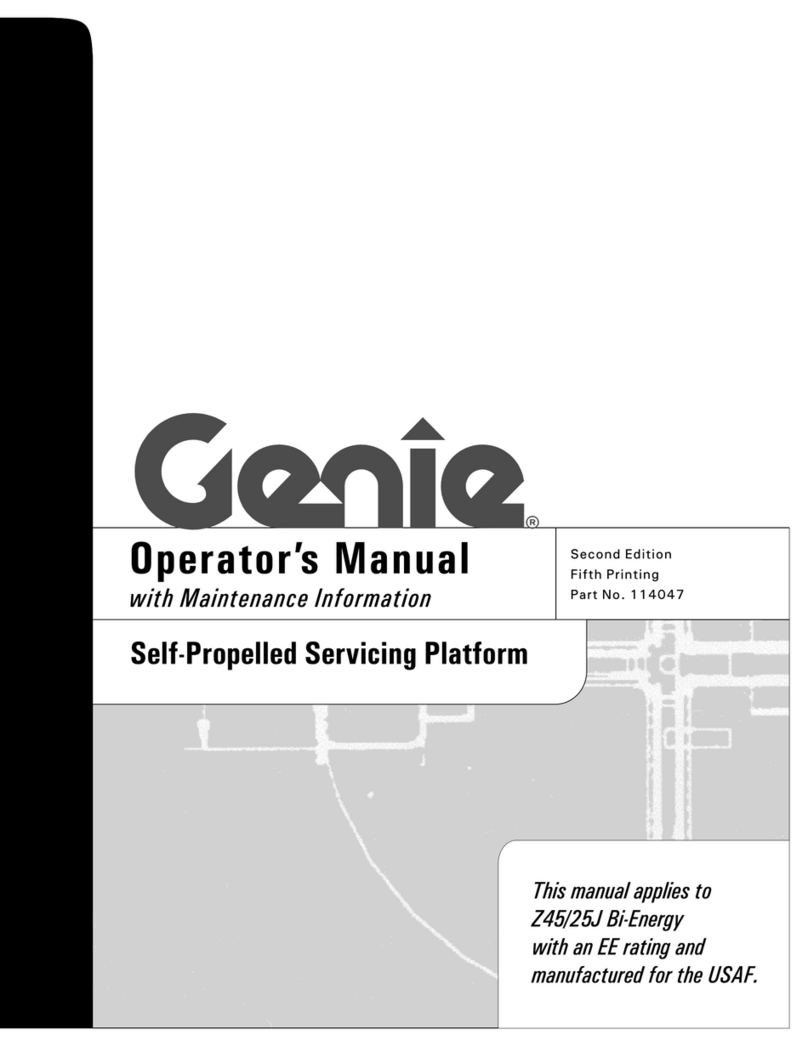ENCARDIO RITE EWN-01A User manual

WIRELESS ANALOG NODE
MODEL EWN-01A/04A
ONE STOP MONITORING SOLUTIONS | HYDROLOGY | GEOTECHNICAL | STRUCTURAL | GEODETIC
Over 50 years of excellence through ingenuity
USERS’ MANUAL
ENCARDIO-RITE ELECTRONICS PVT. LTD.
A-7, Industrial Estate, Talkatora Road Lucknow, UP - 226011, India | P: +91 522 2661039-42 | Email: geotech@encardio.com | www.encardio.com
International: UAE | Qatar | Bahrain | Bhutan | Europe | UK | USA
India: Lucknow | Delhi | Kolkata | Mumbai | Chennai | Bangalore | Hyderabad | J&K
Doc. # WI 6002.131 R00 | May 2020

Users’ Manual Analog Node
Page | 1
1 QUICK START GUIDE
Generally, we send devices pre-configured. If your devices are pre-configured by us, please go through
the user-friendly procedure to get started with your ER Beam system, which takes only a few minutes to
get the process rolling.
1 Power on Gateway and turn on its inbuilt Wi-Fi network.
2 Connect your Android phone to the ER Beam Wi-Fi network.
3 Connect the Android cable to the phone first using the OTG adapter.
4 Open the ER Beam Offline Android app.
5 Load the project and tap on it to go to the home screen of the app.
6 Then connect the Android cable's other end to the Node and click on Setup Device and follow the
wizard.
7 Repeat step 6 for all your Nodes.
8 Then press the Cloud Sync on the app to sync back all the Node settings to the gateway.
9 Now the Nodes will send the sensor data at the configured time intervals.
10 Optionally, the data can be exported and engineering conversions can be set using the Gateway
software.

Users’ Manual Analog Node
Page | 2
2 SETTING UP WIRELESS ANALOG NODE
This section provides information on setting up an Analog Node to work with the offline ER Beam gateway.
2.1 Installation
The Nodes can be directly affixed to a flat surface using M6 screws. However, for more sophisticated
mounting scenarios, we recommend using the node bracket. The node bracket can be used to easily mount
the node on flat surfaces, on pipes using U-bolts or cable-ties, or in other complicated settings.
If you are using the bracket, first fix the node device to the bracket using M6 screws and nuts as shown
below.
For four channel devices (BEAM-AN-S4), use M4 screws to mount the nodes to flat surfaces or brackets.
Use four screws and nuts to attach the node to the bracket (Refer to figure 1).
Connect the SMA antenna to the bulkhead. Once the mounting is complete, the node should look as in
figure 2.
Figure 1: Attachment for nodes
Figure 2: Node (after installation)

Users’ Manual Analog Node
Page | 3
2.2 Node Setup
1 Connect the node antenna to the antenna bulkhead.
2 Connect the sensor wires to the node while ensuring that the wires are plugged in correctly.
Voltage Output Sensors
PWR: +Voltage input to sensor (e.g. +12V)
GND: 0 Voltage input to sensor (e.g. 0V)
12VN: 12V Voltage input to sensor
1H: 1st channel positive output of sensor
1L: 1st channel negative output of sensor
2H: 2nd channel positive output of sensor
2L: 2nd channel negative output of sensor
+T: Thermistor
-T: Thermistor
SHLD: Shield wire of sensor
Current Loop Sensor
PWR: +Voltage input to sensor (e.g. +12V)
GND: Not used
12VN: Not used
1H: 1st output channel of sensor (e.g. –Voltage wire)
1L: Not used
2H: 2nd output channel of sensor (e.g. –Voltage wire)
2L: Not used
+T: Thermistor
-T: Thermistor
SHLD: Shield wire of sensor
Resistance Bridge (Wheatstone Bridge) Sensor / Potentiometer Sensor
PBRG: Positive excitation input to sensor (+5V)
GND: Ground excitation input to sensor
12VN: Not used
1H: Positive output channel of sensor (e.g. –Voltage wire)
1L: Negative output channel of sensor (applicable to Wheatstone Bridges)
2H: Not used
2L: Not used
+T: Thermistor

Users’ Manual Analog Node
Page | 4
-T: Thermistor
SHLD: Shield wire of sensor
3 Switch off the Node and insert the battery while ensuring the correct polarity.
2.3 Configuring via the ER Beam Offline App
1 Obtain an Android phone and connect it to the ER_Beam Wi-Fi network. (See the Gateway section to
learn about switching on the ER_Beam Wi-Fi network.)
2 Connect the Android smartphone to the Node via an OTG adapter.
NOTE: Please make sure the Node is switch off before connecting to your Android phone.
3 Switch on the Node.
4 Open the ER Beam app on the phone.
NOTE: You need to add the Node and create the project first before you commission the tilt
meter. Please refer to ‘Gateway Setup’ section in the users’ manual for Gateway for
details.

Users’ Manual Analog Node
Page | 5
(i) Search for the project, which you have already created once you open your ER app. Select and
click the button to download the project and enter in to the project, where the project details would
be mentioned.

Users’ Manual Analog Node
Page | 6
(ii) Click on “Setup Device” on the menu (at the bottom of screen), the app will show connected node
information.
(iii) Optional Step: If Wireless Mesh (Relay) function is to be deployed, click on "Wireless Mesh" toggle
button to enable. Once
(iv) done, click on “Setup Sensor”, you can now configure the sensor settings

Users’ Manual Analog Node
Page | 7
(v) After clicking ‘Setup Sensor’, sensor setup page will open with the available channels Tap the
“Arrow icon” on the respective channel which your sensor is connected to.
(vi) Sensor setting can be made as follows:
Sensor Code: Desired sensor name.
Sensor Type: Select respective sensor type.
Parameters: Turn on the parameters as connected to the Node.
Excitation time: Set the warm up time required for the sensor.
Excitation Voltage: Select either 5 or 12 or 24, depending on the sensor.

Users’ Manual Analog Node
Page | 8
(vii) Click Save Settings. The Node will now read the configured sensor.
(viii) On next page, you will see the first reading.
(ix)To get another reading, click on the arrow icon. If the reading is ok, enable the sensor by switching
on the android icon (colour changing to blue).

Users’ Manual Analog Node
Page | 9
(x) Repeat above steps to configure other sensors connected to the Node.
(xi) Once all sensors are configured, click on “Enable Sensor” button. It will take you to next page
“Scanning Network” which will scan the wireless signal strength (RSSI) between the Node and
Gateway.
(xii) After receiving the Network Test information, if you need to, you can perform another network test
by pressing the button located at the lower right corner.

Users’ Manual Analog Node
Page | 10
(xiii) Next, click “Start Monitoring” button then the app will prompt, “Device commissioned”. Click OK.
(xiv) Press the Project Sync button at lower right area to send all the configuration information back to
the gateway.

Users’ Manual Analog Node
Page | 11
(xv) If you would like to get the Node to immediately send a reading to the Gateway, press the “SYS
TEST” button on the device’s printed circuit board as shown below.
(xvi) For commissioning of additional Nodes, repeat the above steps.
(xvii) Now proceed to the Gateway software dashboard on your Laptop and click on your project. Now
you will be able to observe your commissioned devices under “Device Summary” Section. For
further configuration, refer to the user’s manual # WI6002.117 on Gateway.
FCC Caution:
Any Changes or modifications not expressly approved by the party responsible for compliance
could void the user's authority to operate the equipment.
This device complies with part 15 of the FCC Rules. Operation is subject to the following two
conditions: (1) This device may not cause harmful interference, and (2) this device must accept
any interference received, including interference that may cause undesired operation.
FCC RF Radiation Exposure Statement:
1. This Transmitter must not be co-located or operating in conjunction with any other antenna or
transmitter.
2. This equipment complies with RF radiation exposure limits set forth for an uncontrolled
environment.
3. This equipment should be installed and operated with minimum distance 20cm between the
radiator& your body.
This manual suits for next models
1
Table of contents
Other ENCARDIO RITE Multi-Service Platform manuals

